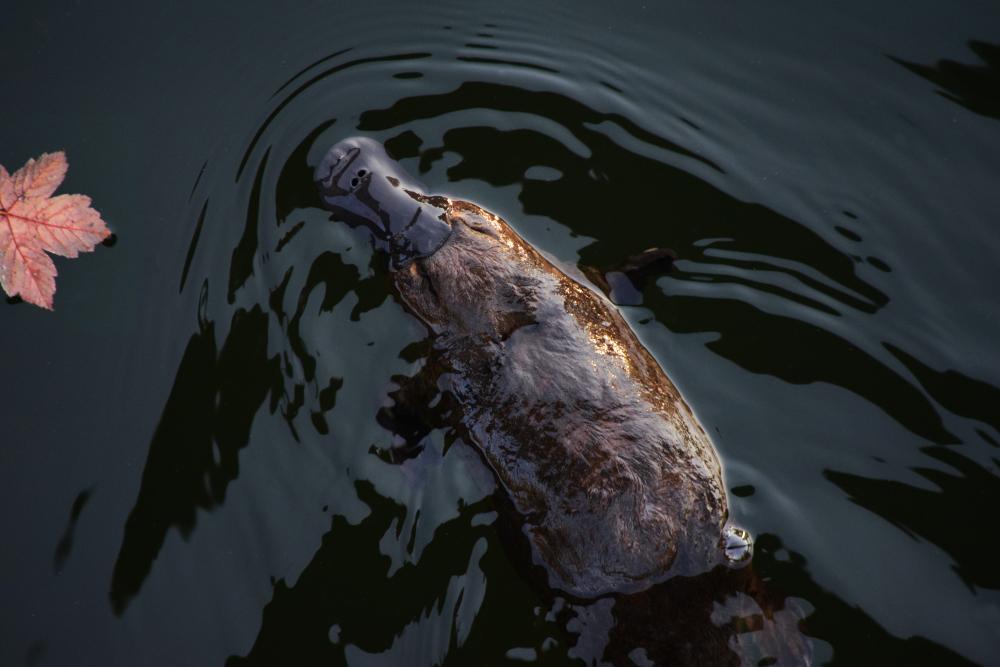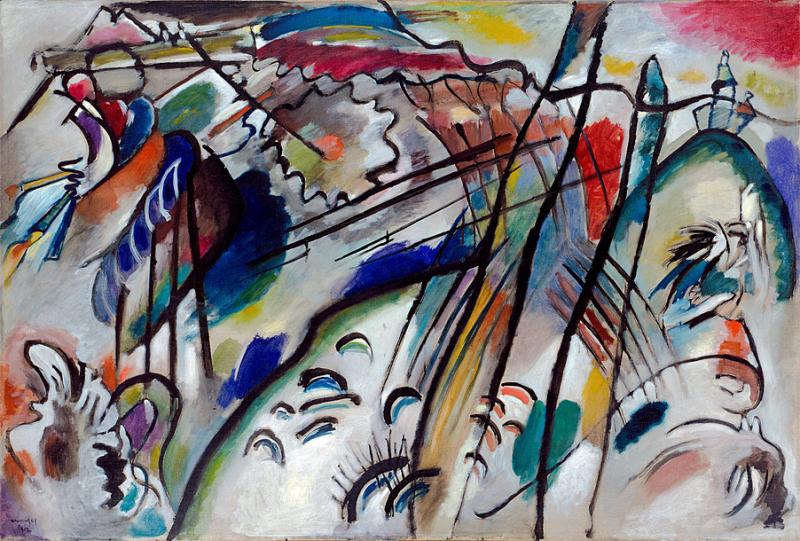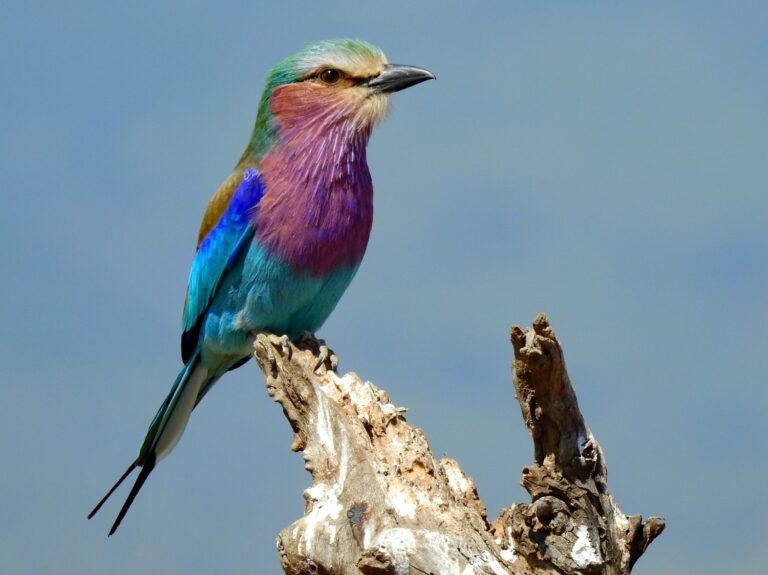Ever heard of oviparity and viviparity? Not to worry, these reproductive terms weren’t covered in the typical sex education of school, but with crawling embryos, to eggs hatching out of the back of the skin, you might be pleased it hadn’t been.
Viviparity
This is the development of the embryo inside the body until they can exist independently, following which there’s a live birth. But, and there’s a bit of blurring here; marsupials (kangaroos, wombats, kolokolos, opossums and bandicoots) give birth to an embryo at a very early stage, with it continuing its development outside of the body. Amazingly it does this by crawling – yes crawling – across the mother’s fur in search of a teat to latch onto: After which it’s further nurtured by its mother’s milk. As they’re of course embryos they’re very fragile, and you could argue more so by the fact that not all marsupials have a pouch for the embryo to be shielded in, or in some cases there’s not enough teats for the number of embryos.
Other viviparity species include; ourselves; land mammals (except for monotremes, which we will go to in a minute); a very tiny selection of insects that include aphids – seriously you should watch a video of them giving birth; scorpions; and marine mammals such as whales and dolphins. But it’s only marsupials that have crawling embryos.

Image is courtesy of PenelopePitstop from Pixabay
Oviparity
Here reproduction occurs through the development of an expelled egg, which is fertilised either before, or after release. They’re typically associated with nonmammalian animals such as birds and reptiles. However, there is a group of mammals that produce its offspring in this way; the monotremes (platypus & echidnas) who reproduce by expelling eggs, which they then keep warm in order to hatch.
Oviparous species include birds, most insects, amphibians, arachnids, reptiles and fish. Oh yeah and dinosaurs, should you just happen to come across them.
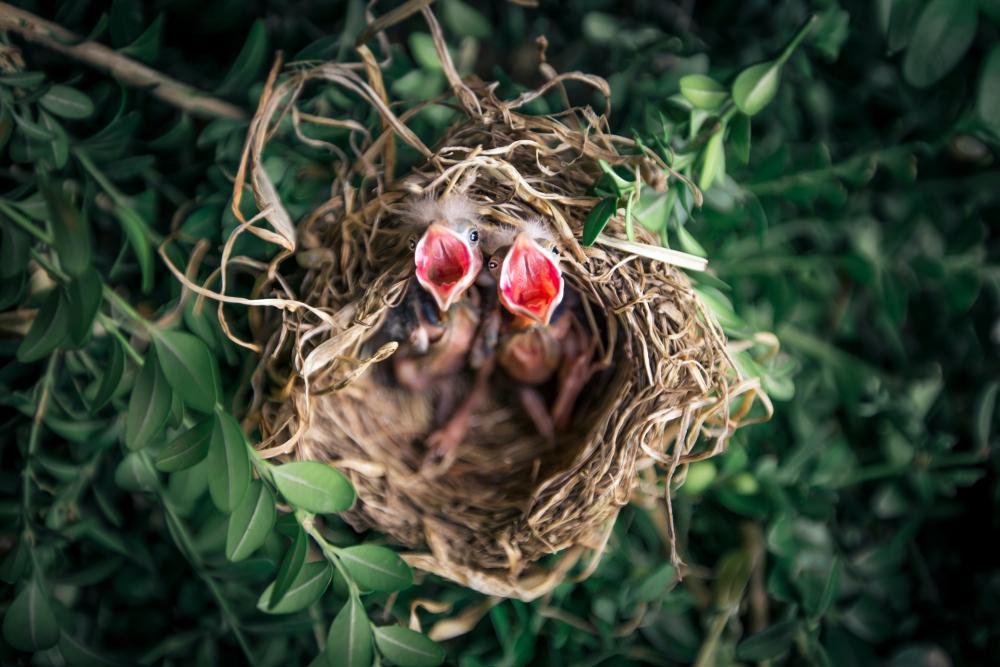
Image is courtesy of 42 North on Unsplash
Ovoviviparity
Is a bit of both. This is when eggs are developed within the body and are kept inside till they’re ready to hatch. They then hatch either in the womb, or just after/during birth. Making it a combination of oviparity and viviparity; being developed within an egg, while being a live birth. Nourishment is provided through the yolk sac and not a placenta, while in the case of some shark species, they commit intrauterine cannibalism; eating other fertilised or unfertilised eggs in the womb.
Examples of ovoviviparous species include: Spotted Eagle Rays, Stingrays, Manta Rays, most sharks, some reptiles and amphibians. Then there’s Surinam toads whose fertilised eggs grow on the female’s back with a thick layer of skin growing to cover them, as such when the eggs hatch, they’re a live birth from the back of the toad – and boy is it a sight to behold. However, the term ‘Ovoviparity’ can be considered a bit of obsolete, depending on who you talk to, but to be honest the story of being born from a mother’s back is impressive enough.
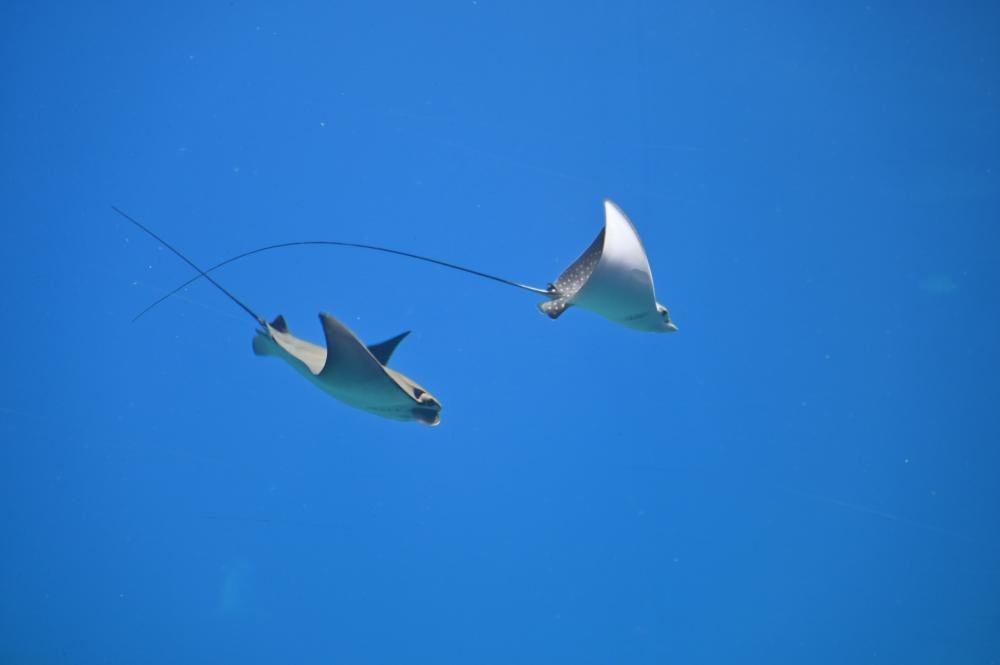
Image is courtesy of Sun Hx on Unsplash
And now you know of the wonderful reproduction of oviparity and viviparity.
Maybe you know some other unusual science and want to share? Please do and send us your submission.

